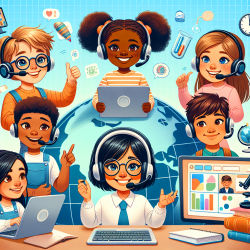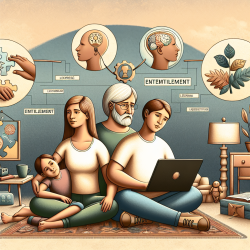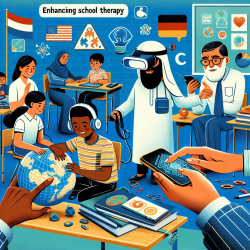In the wake of the COVID-19 pandemic, the educational landscape has undergone significant changes, particularly for students with learning disabilities such as dyslexia. A recent study titled "Influence of Assistive Technology Applications on Dyslexic Students: The Case of Saudi Arabia during the COVID-19 Pandemic" sheds light on how assistive technology (AT) can significantly improve the visual perception (VP) and phonological processing (PhP) abilities of dyslexic students.
Understanding the Research
The study conducted in Saudi Arabia during the pandemic utilized three AT platforms: Google Classroom, Zoom, and Quizlet. Fourteen dyslexic students were divided into two experimental groups based on gender. The results indicated that AT applications had a positive impact on VP, PhP, and frequency of access (FA) to educational content. Notably, girls scored higher than boys in all three areas.
Key Findings
The research demonstrated:
- A significant improvement in VP and PhP among students using AT applications.
- Higher scores in VP, PhP, and FA among girls compared to boys.
- A positive correlation between FA and improvements in VP and PhP.
Practical Implications for Practitioners
For speech-language pathologists and educators, these findings underscore the importance of integrating AT into the learning environment for dyslexic students. Here are some actionable steps:
- Leverage Multiple AT Platforms: Use a combination of tools like Google Classroom for content delivery, Zoom for live interactions, and Quizlet for interactive activities.
- Focus on Gender-Specific Strategies: Given the observed differences, tailor interventions to address the unique needs of boys and girls.
- Encourage Frequent Access: Increase students' engagement with AT by making resources easily accessible and interactive.
Encouraging Further Research
While the study provides valuable insights, it also opens avenues for further research. Future studies could explore:
- The long-term impact of AT on dyslexic students' academic performance.
- The effectiveness of different types of AT tools across various age groups and educational settings.
- The role of parental involvement in enhancing the efficacy of AT applications.
Conclusion
The use of assistive technology during the COVID-19 pandemic has proven to be a game-changer for dyslexic students. By implementing these research findings, practitioners can significantly improve educational outcomes for this vulnerable group.To read the original research paper, please follow this link:
Influence of assistive technology applications on dyslexic students: The case of Saudi Arabia during the COVID-19 pandemic.










